A souvenir photo of Mr. Bay Thanh's old house in Thao Dien - Photo taken by: P.Vu
2025 - Ho Chi Minh City - Thao Dien area. A windy riverside villa, a large yard with cool green trees and flowers, Lieutenant General Vo Viet Thanh, 82 years old, is busy with colorful frangipani pots around a pair of bronze busts of his parents placed outdoors outside the riverside house that he uses as a church.
Smiling as we showed him pictures of the spacious Thao Dien area from above, he said: "I have been a resident of this area for exactly 50 years. Thao Dien was very different back then...".
Thao Dien in the wild
2-5-1975. Saigon has been silent for two days.
Mr. Vo Viet Thanh was 32 years old at that time, the political commissar of the armored battalion of the 316th Special Forces Brigade, which had just successfully completed the mission of capturing Rach Chiec bridge on April 28, opening the gateway for the main army to enter Saigon.
Today, he and a few soldiers rowed a small boat down the Saigon River, their eyes heavy as they looked through the thick foliage. They were searching for the bodies of 52 comrades who had died in the final battle before the threshold of peace a few days ago.
"When I arrived at this area, I saw a garbage dump with a small temple. There were people, so I pulled my boat in to ask. An old man said he picked up trash and scrap here and built a temple to worship his relatives who were killed by the French army. Now that peace has come, he is preparing to return home.
The old man's story made me think of my own story. My parents were also killed for their revolutionary activities and were thrown into the river right in front of my house in Luong Phu, Ben Tre...", Mr. Thanh recalled.
A few days later, the Military Administration gave him a villa left by a Republic of Vietnam general on Pasteur Street. Entering the luxurious house, he was not moved in the slightest. Picking up his wife and children from the countryside, Aunt Bay walked around the house in the yard and asked her husband, bewildered: "What will you do to live here?"
Mr. Bay Thanh smiled and explained: "My wife is a farmer. For her, a house must have a place to plant coconut trees, banana trees, vegetable beds, and a pen to raise pigs and chickens. When she moved into the townhouse, she cried all the time, worrying that her children would go hungry. I remembered the temple by the river the other day, and I longed to have a place to burn incense for my parents by the river...".
Thinking is doing, Bay Thanh returned to the riverbank to find the old man collecting trash, negotiating to buy back the land with two taels of gold his wife had saved. A few days later, he wrote a petition to the Military Management Board to return the townhouse he had been given, asking for permission to reclaim the surrounding wasteland to create a place for the brothers of Brigade 316 to make a living.
Along the Saigon River at that time, there were only two resorts owned by two businessmen from the old regime, Truong Van Ben and Bui Dinh Nam. Deep in the Thao Dien area, there were a few newly established bank residences and a press village with a few low houses and a few winding red stone roads. The rest was a dense forest of leaves along the riverbank.
Close to Saigon, but the war made security not guaranteed for the area to develop, people only concentrated in the city, or built houses and did business near Bien Hoa highway (now Vo Nguyen Giap avenue).
No roads, no electricity, no water, no village, Mr. Bay Thanh and his wife and a few comrades built a thatched house, planted some coconut trees, and built a countryside scene. The thatched house was gradually built with more planks, replaced with wooden planks, and gradually people moved in and out, and it took shape.
On the wall of Mr. Bay Thanh’s riverside memorial house, there are still some pictures of his wife and children in the wooden house of that day. In the middle of his palms are calluses from sawing wood and sawing planks to build the house himself, and scars from the day he was electrocuted while pulling the wire to fix the light bulb.
In the family's memories, in addition to sweat soaking the ground, there were also three times when robbers with knives appeared in the middle of the night from the river, not knowing that this was the home of a battle-hardened general.
"Back then, it took a lot of persuasion to get a few brothers to come down here and be my neighbors, but they couldn't patiently stick around until today," Mr. Thanh laughed.
Today, Thao Dien area is known as "rich area" with villas worth hundreds of billions and advantages that increase in value every day: landscape - wind and air from Saigon river, utilities from metro line, high-class services, convenient and beautiful roads and waterways.
Thao Dien has changed with the development of the city, including the active contributions of special residents who were soldiers like Mr. Vo Viet Thanh.
Beautiful and developing Thao Dien today - Photo: TU TRUNG
Go with the enthusiasm of Youth Volunteers
In 1975, with the victorious army entering Saigon, Vo Viet Thanh was only 32 years old but had 15 years of battle experience and was awarded the title of Hero of the Armed Forces. After peace, he put down his gun and started the work of rebuilding and building the city.
"The first thing I did was... to continue leading troops into the forest, to continue leaving my wife and children here on the Thao Dien Riverbank," he recounted the days he took on the task of commanding the Ho Chi Minh City Youth Volunteer Force.
During those years, many important tasks required the hands of tens of thousands of young people in the city: reclaiming land, building irrigation projects in rural areas; building farms, new economic zones, restoring Can Gio mangrove forests...
But despite all the sweat shed and all the youth devoted, the first ten years of peace were ten difficult years for the people of Ho Chi Minh City.
"The city's leadership has sought many ways to cope, including breaking barriers to help themselves and the people. But that is not enough. We must be more fundamental in order to change central government policies and change the whole country," Mr. Thanh reiterated.
The 40 years of renovation that followed have brought about a true "transformation" for the city and the whole country, although the speed is still slow compared to its potential.
In the summary of 50 years of construction and development of Ho Chi Minh City today, it is noted that for more than 10 years (1991-2001), Lieutenant General Vo Viet Thanh held the positions of deputy and chairman of the city, deputy secretary of the city party committee, and made breakthrough contributions when he took on the role of head of the Steering Committee for the project to renovate Nhieu Loc - Thi Nghe canal, Nguyen Van Linh avenue, Vo Van Kiet avenue and Thu Thiem tunnel, and expand Dien Bien Phu - Vo Nguyen Giap avenue...
Today, standing next to the house with the wind blowing by the Saigon River, he smiled: "When the city builds a riverside road, with a 50m road clearance, I will be ready...".
The innovation process began by looking straight at the truth and clearly recognizing mistakes and limitations.
Ho Chi Minh City Party Secretary Nguyen Van Linh in 1985 summarized: "5 violations:
Our first offense was not being calm enough to see the city, once liberated, obviously become the property of our own regime.
The second violation is that we have not yet recognized the socio-economic reality of the city - an area with a certain level of capitalist development.
The third violation is that we do not have enough understanding of the history of the formation process and the role of urban industry in the industrial-agricultural structure of the region.
The fourth violation is that we have not closely assessed the backlog that the new regime must address.
The fifth violation is that we have not clearly defined the two goals of the city's economic activities: expanding and increasing production and improving people's lives."
********************
"Our road is wide open/ In the middle of the windy and joyful swamps/ Sending to someone to share the sweet and bitter/ From a new land filled with chaos/ Who knows about photoreceptors, semiconductors/ Wafers set up a strange array/ Tiny nano chips/ Joining hands to build a future foundation", Mr. Pham Chanh Truc hummed a few simple lines every time he drove into the High-Tech Park.
>> Next: Paving the way for chips to come to the sea
Tuoitre.vn
Source: https://tuoitre.vn/50-nam-sai-gon-tp-hcm-ky-1-nguoi-linh-tran-ve-khai-hoang-bo-song-sai-gon-20250421100715128.htm#content-1


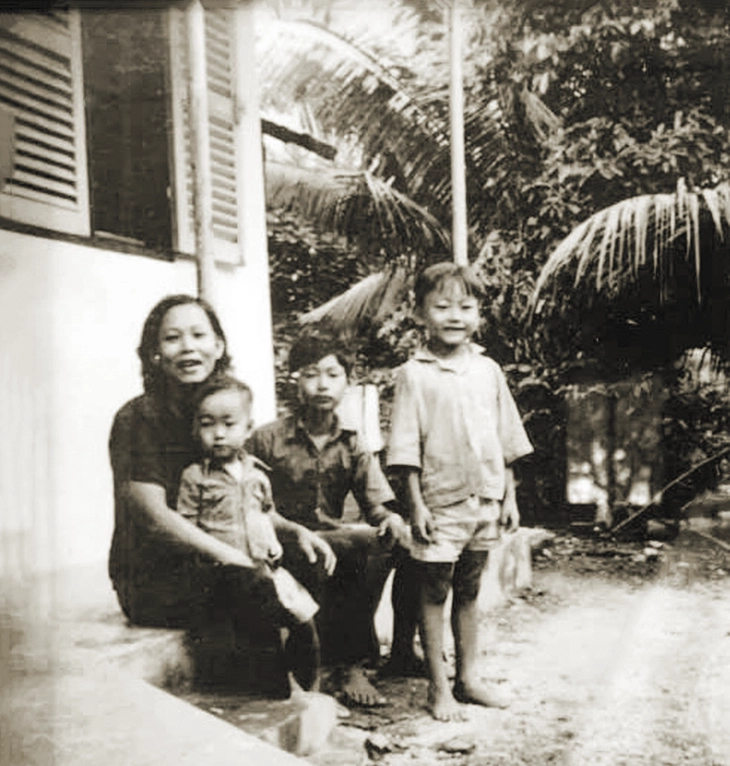

![[Photo] Prime Minister Pham Minh Chinh receives Swedish Minister of International Development Cooperation and Foreign Trade](https://vphoto.vietnam.vn/thumb/1200x675/vietnam/resource/IMAGE/2025/5/12/ae50d0bb57584fd1bbe1cd77d9ad6d97)



![[Photo] Prime Minister Pham Minh Chinh starts construction of vital highway through Thai Binh and Nam Dinh](https://vphoto.vietnam.vn/thumb/1200x675/vietnam/resource/IMAGE/2025/5/12/52d98584ccea4c8dbf7c7f7484433af5)
![[Photo] Prime Minister Pham Minh Chinh works with the Standing Committee of Thai Binh Provincial Party Committee](https://vphoto.vietnam.vn/thumb/1200x675/vietnam/resource/IMAGE/2025/5/12/f514ab990c544e05a446f77bba59c7d1)
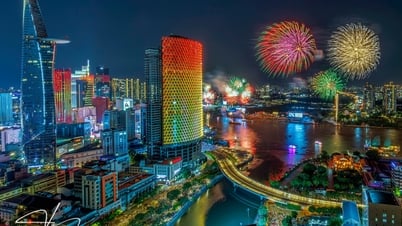

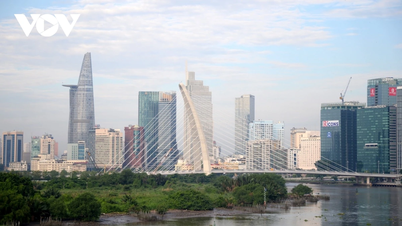



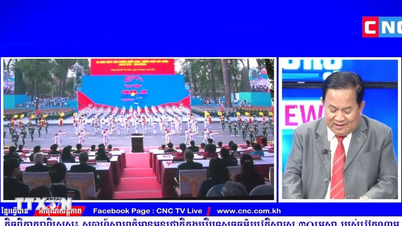



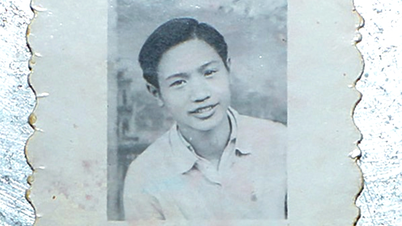
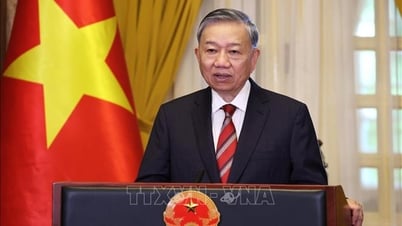
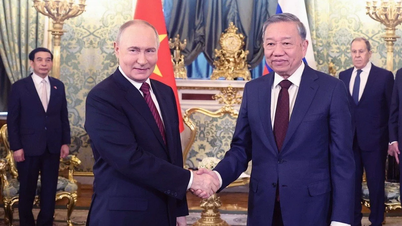

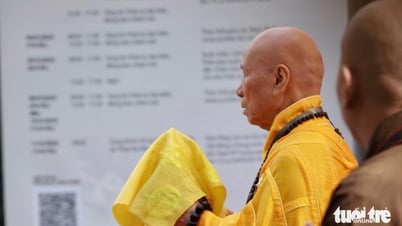
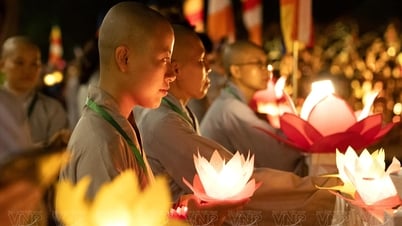
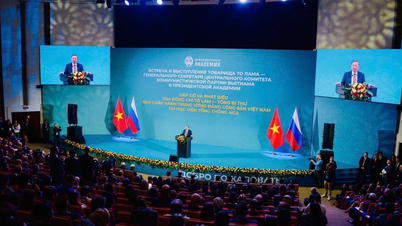






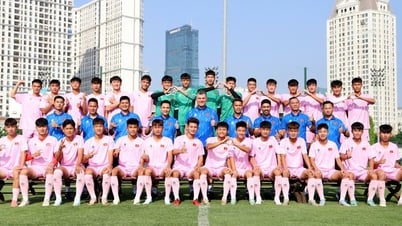

































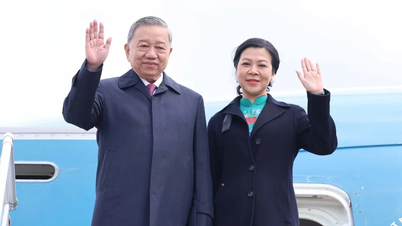
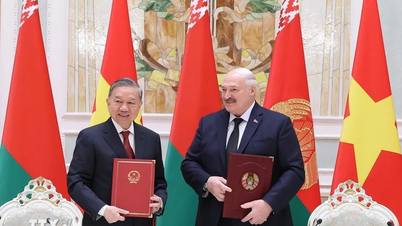











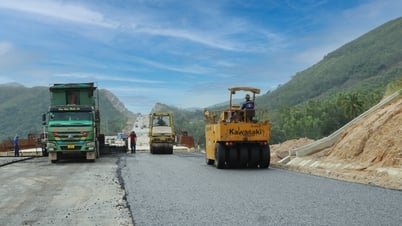

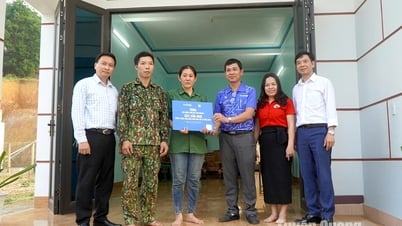

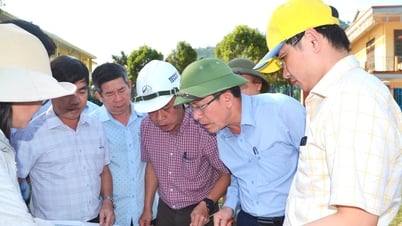
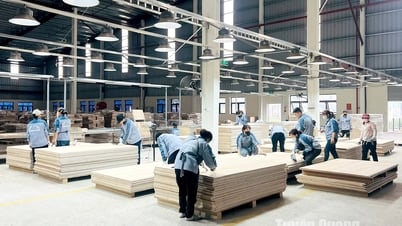
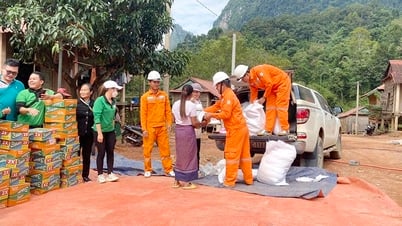

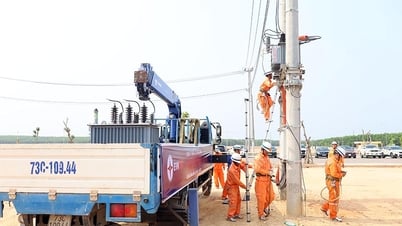











Comment (0)